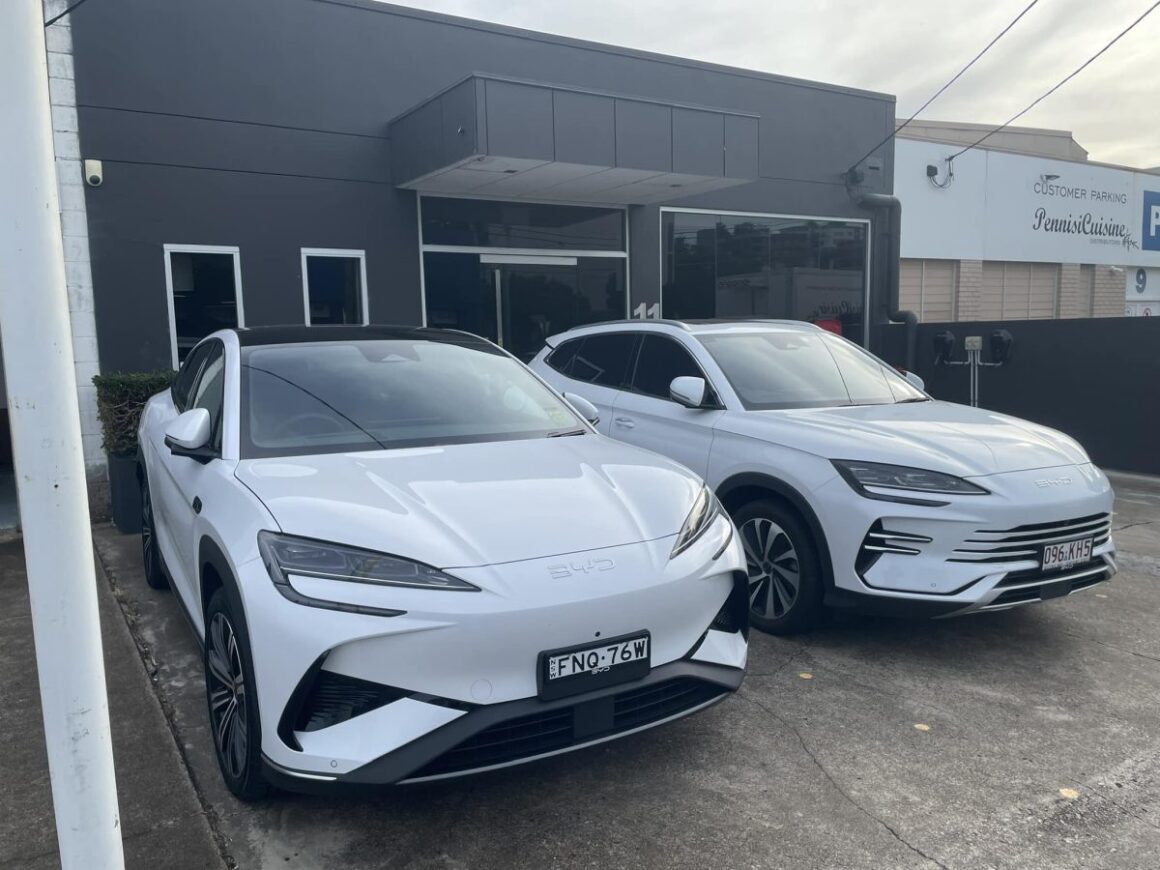
In early November 2025, the electric vehicle (EV) landscape revealed a fascinating cross-current of growth, innovation, and volatility. The latest stories from The Driven paint a picture of an industry that continues to evolve rapidly — buoyed by breakthroughs, challenged by market pressures, and redefined by new entrants shaking up old hierarchies.
A Competitive Market Evolves
After a whirlwind of EV enthusiasm through much of 2025, October brought a notable slowdown in Australian sales. Following record-breaking figures in September, the pace cooled, but not enough to dampen the overall trajectory of growth for the year. Interestingly, an unexpected frontrunner emerged: BYD. The Chinese automaker surged ahead of Tesla in October sales, a striking moment that underscores how far newcomers have come in challenging the long-dominant U.S. brand.
The slowdown itself may say more about timing and logistics than fading interest. Industry data suggests sustained consumer enthusiasm amid a growing variety of options — from affordable compacts to high-performance electric SUVs. By the end of October, year-to-date EV sales still stood comfortably ahead of 2024’s figures.
Shifting Fortunes and Market Pressures
Tesla, long an emblem of the EV movement, found itself on the receiving end of one of its sharpest dips in Australian sales in years. The Model 3 sedan, once Tesla’s powerhouse model, saw volumes at their lowest levels in a considerable period. Gains from the ever-popular Model Y helped offset some of the drop, but the overall tone was sobering. This slump adds context to broader signs of market saturation in key regions and intensifying competition from aggressive, tech-forward challengers.
Meanwhile, Polestar, another well-known electric marque, found itself in a more precarious situation. After a steady slide in share price, the Swedish brand received a formal warning from Nasdaq: if its stock price doesn’t rebound above one U.S. dollar by April, delisting looms. The notice adds financial uncertainty to an already challenging period marked by tightening investor confidence and expanding manufacturing costs. For a company prized for its design and Scandinavian engineering, the next few months could prove crucial in defining its longer-term viability.
Innovation Across Sectors
While headline numbers and corporate pressures dominated much of the conversation, some of the most encouraging developments came from technology and product innovation. One of the more eye-catching stories involved floating solar photovoltaic (PV) systems — installations mounted directly on cargo vessel decks. These setups have shown potential to cut fuel and energy use by up to 20 per cent, illustrating how renewable technologies are being integrated not just in cars but throughout transportation infrastructure.
Equally dynamic developments surfaced in Asia, where Hyundai and Xpeng laid out bold roadmaps for future expansion. Hyundai’s recent unveiling of its new electric SUV, the Elexio, doubles as a key component in the company’s broader new energy vehicle strategy for China. Notably, the same vehicle is expected to reach the Australian market early next year, signaling how major automakers now view the Asia-Pacific corridor as a strategic testing ground for new EV platforms.
Xpeng, known for its forward-leaning approach to autonomous driving, announced plans to launch three distinct robotaxi models in 2026. This step represents one of the first clear commitments to democratizing self-driving services at scale. The multi-model strategy suggests Xpeng is targeting diverse urban markets with tailored use cases — from compact city navigation to higher-capacity shared mobility setups.
The Drive Toward Electrification Continues
Even stalwarts of traditional motoring are feeling the electric momentum. Reports surrounding Toyota’s upcoming reveal of a fully battery-electric HiLux ute stirred considerable attention among Australian buyers. Long associated with rugged reliability rather than cutting-edge EV design, the HiLux could mark Toyota’s entry into electric utility territory — and a major turning point for mainstream acceptance of electric pickups in markets where durability and range anxiety remain major consumer concerns.
In contrast to these groundbreaking initiatives, another surprising story highlighted the ongoing efficiency gap for hybrids and small sport utility vehicles. Despite manufacturer claims, independent testing revealed that many popular hybrids and compact petrol SUVs consume up to 21 per cent more fuel than advertised. This discrepancy reinforces why full electrification — despite its challenges — continues to gather momentum: the public and regulators alike are increasingly intolerant of inflated efficiency claims from fossil fuel–dependent models.
Expanding Choices for Consumers
The Australian EV market now reflects a mix of sophistication and growing maturity. New models such as the Zeekr X continue to impress with advanced features, high-quality battery systems, and driver-assist innovations, even as some early adopters discover usability quirks. These experiences, both positive and challenging, demonstrate the natural evolution of a marketplace that is learning from rapid iteration and user feedback in real time.
Meanwhile, cumulative data across brands and months show a picture of steady expansion. The latest figures tracking EV sales by model for 2025 confirm that electric cars remain a strong growth story in Australia, buoyed by both consumer enthusiasm and expanding infrastructure. Even with monthly fluctuations, the long-term curve points firmly upward.
The Big Picture
Taken together, these developments show an industry at an inflection point. The transition to zero-emission mobility is no longer a distant goal but an active reality shaped by competition, innovation, and periodic turbulence. As established players confront new rivals, and as electrification extends beyond roads to oceans and construction fleets, the electric era is maturing — not as a niche, but as the new normal.
The coming months promise even greater intensity across all fronts: new product reveals, financial reckonings, and technological firsts. But if October’s trends are any indication, one truth stands out — the electric transition is unstoppable, and its evolution will only accelerate as we roll toward 2026 and beyond.
All EV Sales Research Team
11/6/2025
